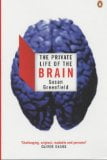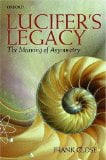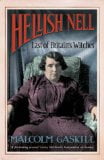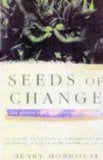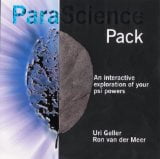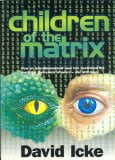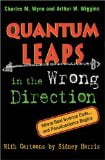 Quantum Leaps in the Wrong Direction: Where Real Science Ends…and Pseudoscience Begins
Quantum Leaps in the Wrong Direction: Where Real Science Ends…and Pseudoscience Begins
by Charles M. Wynn and Arthur W. Wiggins
Joseph Henry Press, £12.95, ISBN 030907309X
Wynn and Wiggins are American university professors, of chemistry and physics respectively, who aim to provide accessible, user-friendly guidelines that will help laypeople tell science from pseudoscience.
They explain in considerable detail how scientific method works, contrasting its (somewhat idealised) principles with the ways of the dark side: subjective measurements, appeals to emotion, unfalsifiable hypotheses, and the rest. Five of their nine chapters comprise a whirlwind tour of “the five biggest ideas of pseudoscience”, identified as UFOs/abductions, body/soul detachability, astrology, creationism, and psi. A further grab-bag of oddments follows: Bigfoot, Nessie, SHC, crystals … Skeptic readers will recognise the examples.
Though worthy and well-meaning, our professors are unlikely to win the hearts of many irrationalists. The authors make useful points, but compressing so much into 214 pages (plus index) tends to reduce solid refutations to assertions, which in the eyes of untutored readers may resemble those arguments from authority and dogma that we deplore in pseudoscientists.
Some tactical issues are worth noting. Announcing before detailed examination that the “five biggest ideas” will prove to be “riddled with flaws” may be appropriate for a scientific paper, but to laymen it smacks of prejudice. Newton’s law of gravitation would be falsified if an apple moved upward from the tree, the authors claim, having presumably never seen a branch buffeted by strong wind and losing an apple on the upswing. And it seems off-target to attack “scientific creationism” with hoary arguments about the logistics of Noah’s Ark, since modern creationists are smart enough to avoid Ark claims in favour of pot-shots at the fossil record.
Readable and likeable, but less persuasive than it might have been.

